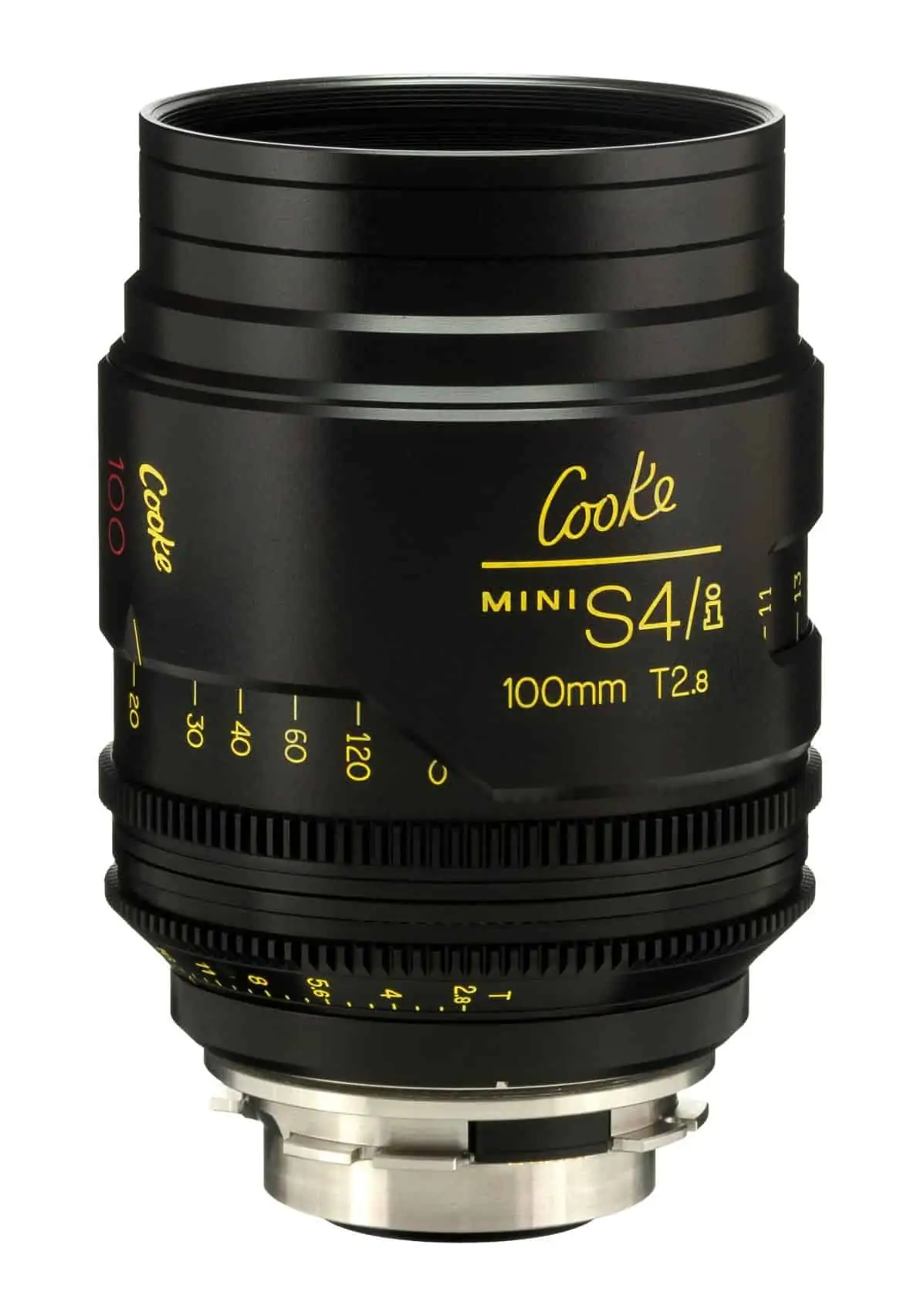Steve Yedlin ASC lenses Glass Onion with ZEISS Supreme Primes
Feb 2, 2023

Long-time collaborators, cinematographer Steve Yedlin ASC, and director Rian Johnson, have been pushing each other creatively since their late teens. Yedlin would go on to lens all of Johnson’s feature films, notably Looper and Star Wars: Episode VIII The Last Jedi. Their latest film, Glass Onion, is the follow-up to the 2019 blockbuster Knives Out. Featuring the return of Benoit Blanc (Daniel Craig), the fun, fast-paced whodunnit follows the sleuth to a fictional Greek Island, where Blanc peels back the layers of intrigue surrounding narcissistic tech billionaire Miles Bron (Edward Norton).
By now Yedlin and Johnson have their own creative shorthand. “In prep, we don’t spend much time talking about references because we already know we agree on tastes,” Yedlin shares. “We use the prep time to really dive in and design the shots and scenes that we are doing.” To help plan moves and select focal lengths, they were outfitted with two director’s finders equipped with Cinema Zooms.
The team chose ARRI ALEXA Mini LF with ZEISS Supreme Primes and Cinema Zooms for the clean technical procession they needed. Glass Onion marked Yedlin’s first experience with these optics. “For me, it’s not the lens itself making a visual statement, it’s a tool for me to make my own visual style. I love the ZEISS lenses, but not because they imbue the movie with a specific character that another lens wouldn’t have,” he explains. “Their technical performance allows us to be creative in other ways. They free me to do whatever we want because they sort of have everything that I wish a lens would have. Now we can be much more daring.”
He points to lighting. “The Supreme’s flares are very contained. When you overload the lens with light, you still get the flare, but it’s confined to a local area around it, while other lenses would literally obliterate the image. Now we can do things like have an upstage light that’s in the shot actually lighting the scene, instead of using an upstage light that’s in shot that’s supposed to be lighting it, while another one, out of shot is really lighting it.”
Dynamic movement and controlled, deliberate cinematography shape the film. “The idea is always to tell the story in the best visual way possible, not distracting from it with show-offy camera movement,” he explains. “We love designed dolly moves as opposed to rambling with handheld or Steadicam, where you don’t know what’s going to happen.” Like in the climactic atrium scene: Blanc dramatically reveals what he’s deduced, as the camera dollies through the set’s precariously positioned glass sculptures, adding to the visual intrigue.
Although Yedlin and Johnson favor the dolly, other key shots necessitated dramatic changes in height. Yedlin’s trusted crew was meticulous about how they integrated a crane into their approach. “We had an absolutely fantastic dolly grip, Jax, who was able to do things that made it feel like a solid, confident dolly, even though the crane actually has a lot of loose axes,” he continues. “We love intentional, crafted, and exuberant camera movement that’s also meant to cut. The idea of how everything will edit together is always completely integral.”
The team made use of the ZEISS eXtended Data technology from viewing the monitor readout on set through post-production. With a keen grasp of technology, Yedlin credits “the hard work of the folks at FotoKem who wrote custom code to set up our unique pipeline.”
Yedlin likes to have post add custom levels of lens distortion/curvature to his films. Because there is only minor inherent distortion in ZEISS Supreme Primes and Cinema Zooms, adding idealized curvature to the final edit becomes relatively straightforward. FotoKem used the lens metadata to accelerate this process. “We don’t need to have a human pouring through camera reports to figure it all out. For visual effects, it’s better because the ZEISS lens isn’t funky and crazy. We can author exactly how much curvature we want…you get a clean image, and then you can add funkiness rather than being cornered into it,” he concludes.
Once again Yedlin and Johnson’s compelling cinematography and visual storytelling are a success. Today Glass Onion hits a 93 on the Rotten Tomatoes scale and tops the chart on Netflix’s 10 most-watched films.



















